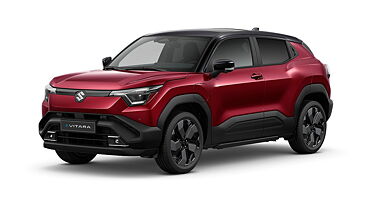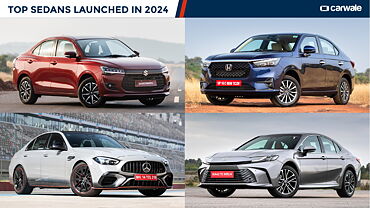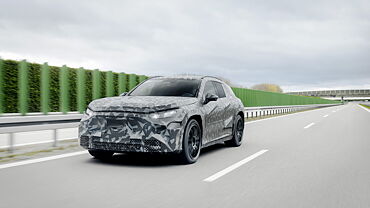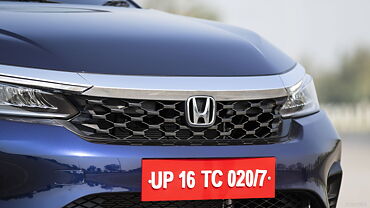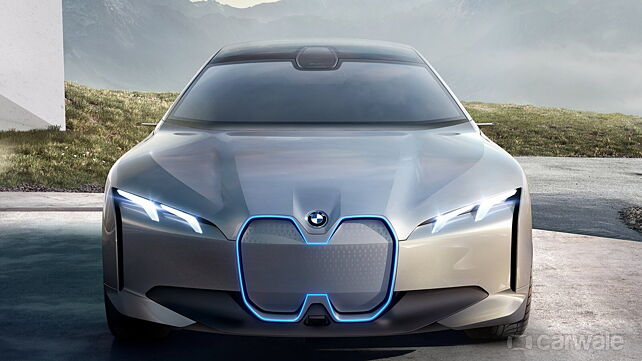
BMW has been mulling over an electric future. This is evident by the latest electrification roadmap revealed by the carmaker which showcases an electric offensive through 2025.

The Bavarian carmaker will launch the recently showcased i8 Roadster next year which will be joined by another plug-in hybrid vehicle that appears to a crossover. An all-electric Mini Cooper S E Countryman ALL4 will also break cover next year. Apart from these, BMW will introduce a BEV (battery-electric vehicle) X3 for the first time alongside the all-electric Mini in 2019. By 2020, the first product from the electric division, the iNext will also be introduced. This phase is called Gen 4 and will culminate by the end of this decade.

Come 2021, the electric push will be in full swing once the iNext is established. The Gen 5 phase will kick start with no less than nine other vehicles planned under the new banner. There are three plug-in hybrids and three-four electric vehicles in the pipeline which are expected to arrive by 2022. And over the course of the next three years, the electric family will extend by five hybrids and five or six fully electric vehicles. The body style and segment in which these cars will be introduced in is still unclear at this moment. But we expect everything from hatchbacks, sedans, crossovers and even two-door sports cars to be a part of this electric offensive.

BMW will employ new modular electric platforms for these forthcoming vehicles. The electric powertrain will either get a 60kWh (30e) or a 90kWh (40e) battery pack with a range between 450-550 kilometres for compact and executive vehicles respectively. There is also a new 120kWh (50e) rating powertrain with around a 700-kilometre range but that will only power the high-end luxury vehicles. The vehicle integration is also on the cards with vehicles of different configuration sharing the same underpinnings.




